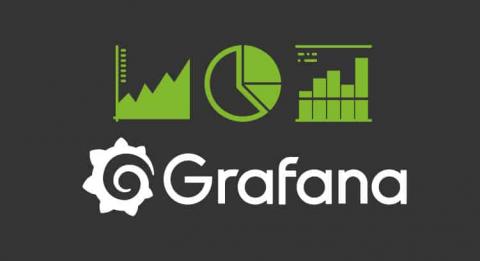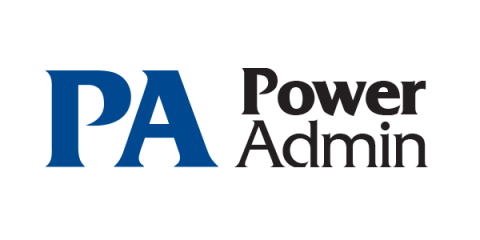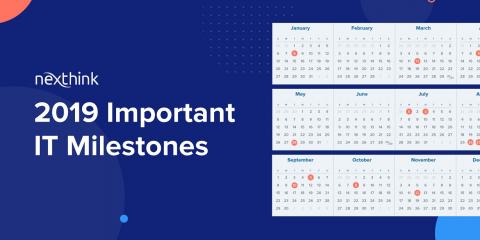Operations | Monitoring | ITSM | DevOps | Cloud
%term
Kubernetes Master Class: Getting Your Hands 'Dirty' in Container Sandbox
Kubernetes in the Region: Observations and an Offer
Since joining Rancher Labs to head up the Australia, New Zealand, and Singapore region, my day revolves around discussing containers/Kubernetes use cases and adoption with many of the top enterprises, DevOps groups, and executives in the area. Not only is this a great learning experience and a fantastic way to meet people, it is also a huge eye opener into the many reasons why Kubernetes adoption is growing so rapidly and what the current challenges are.
Help us understand and measure your SOC performance [Survey]
What gets measured gets managed. You probably intuitively sense the truth in that statement, but are you practicing it? Specifically, are you measuring your security operations center’s (SOC) performance? Measuring the IT security team’s performance has always been subjective. With more and more security techniques emerging in the last decade, your organization may have come up with different metrics to measure the performance of its SOC.
What is Grafana? Let's see its history and how it is related to other software!
Grafana is an open source tool, with Apache 2.0 license, designed by Torkel Ödegaard (who is still in charge of its development and maintenance) and created in January 2014. This Swedish developer began his career in the .NET field and since 2012, until nowadays, he continues offering development and consulting services through this popular proprietary platform, while developing free software at the same time.
Securing Serverless Applications with Critical Logging
FaaS services such as AWS Lambda take care of many security aspects - networking, firewall, OS updates, etc. Make no mistake, though: application-level security is still fully on our hands! Do we have all the information needed to secure our serverless apps? Enters critical logging!
Auvik Use Case #12: Fast Client Onboarding
Best Practices for Configuring Linux Containers
Within a Linux network or development system, launching a limited set of applications or services (often known as microservices) in a self-sustaining container or sandboxed environment is sometimes necessary. A container enables administrators to decouple a specific set of software applications from the operating system and have them run within a clean, minimal, and isolated Linux environment of their own.
2019 Important IT Milestones
“What??? Fully end of life by April, you say? As in, ‘in-six-weeks’ April? Well, there go my weekends for a while. When will we ever get this right?” We’ve all been there at some point, completely under water, late on key projects, having to fight to get our SLA and security KPIs green and completely forget that time is running and now, again, core components are nearing their end of life. Here at Nexthink, we don’t want you to have to go through that.
Network Security Monitoring with Suricata, Logz.io and the ELK Stack
Suricata is an open source threat detection system. Initially released by the Open Information Security Foundation (OISF) in 2010, Suricata can act both as an intrusion detection system (IDS), and intrusion prevention system (IPS), or be used for network security monitoring.











